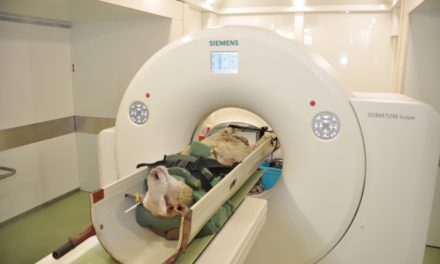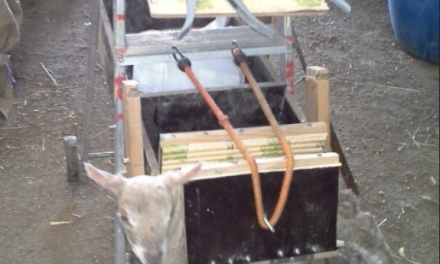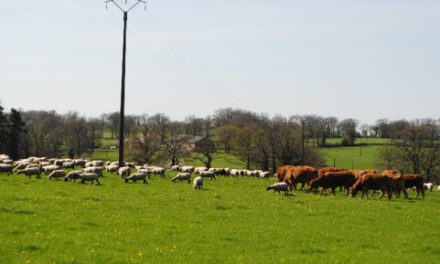This post is also available in:
![]()
![]()
![]()
![]()
![]()
Inclusion and management of self-seeding legume species in the forage systems
Solution name: Inclusion and management of self-seeding legume species in the forage systems
Aim: To extend the grazing season; to increase the quality of forage on offer; to increase the farm self-sufficiency; to decrease in livestock production costs.
Description:
Self-seeding species are annuals species that regenerate naturally from seed set in previous seasons without the need for re-sowing. They produce a seed bank of ‘hard’ seeds, in which some seeds remain dormant for germination in later years, and allows formation of persistent seedbank. This is important for regeneration after one or more crops or poor seed setting season. The breakdown of hardseed occurs during the summer and autumn and it is temperature dependent process. The rate of hardseed breakdown varies between species and between cultivars. Crop residue cover can slow the rate of softening. Among legumes, the self-seeding of the species vary in the proportion of hard seeds that remain dormant in the winter following seed set. When the incidence of hard seeds is high, the self-seeding crops can be included into a rotation with annual crops (i.e. cereals). Subterranean clover (Trifolium subterraneum L.) and burr medics (Medicago polymorpha L.) are common in Mediterranean pasture, well adapt to grazing, and, if properly managed, they can persist several years. Subterranean clover is poorly adapted to intensive crop rotations, because of the low hardseedness, but other more hardseeded species, such as biserrula (Biserrula pelecinus L.), yellow serradella (Ornithopus compressus L.) and annual medics (Medicago species) are well suited to such rotations.
Topic: nutrition/management
Production: Dairy / Meat
Animal Category: Adult / Lamb / Replacement
Issue: Forage crops (maize, sorgho, kale, rape, fodder beet, etc …)
Level of Solution: Practical
Country: Italy

How to implement it
The choice of the best species to include in the forage system depends primary from climate and soils (pH and texture), but also by the organization of the forage system and its management. The first crop grazing can occur after 100 – 120 days from the seeding time. In the regeneration year, grazing can start after 50 days from the beginning of the raining season. During the first year of sown a careful management has to be applied to maximised seed bank constitution. In particular, during flowering, it is important to have a lenient grazing, or to stop it, to allow the crop to maximise seed production. During summer, the presence of residues can be an obstacle to the hard seed breakdown. They, in fact, protect the pods from the daily temperature excursion, factor that allows the loss of the seed coat impermeability. The management of the stubbles is related to the size of the seeds and to the amount of residue. Legumes with a very small size (i.e. Tr. michelianum) can be grazed during summer to reduce the amount of stubbles, the small seeds, if eaten, returns into the soil with the animal faeces. When the seeds are larger, as in the case of annual medics, animals can graze and digest the seeds, with the depletion of seed bank. In this last case, the suggestion is to remove the stubble during the summer with suitable handling equipment.
Expected benefits
The inclusion of the proper self-seeding species extends the grazing period, improves the quality on herbage on offer, and decreases the cultivation costs. The reduction of mechanical interventions prevents erosion and loss of soil.
Prerequisites and/or limits
Light soil cultivation and good early weed control.






